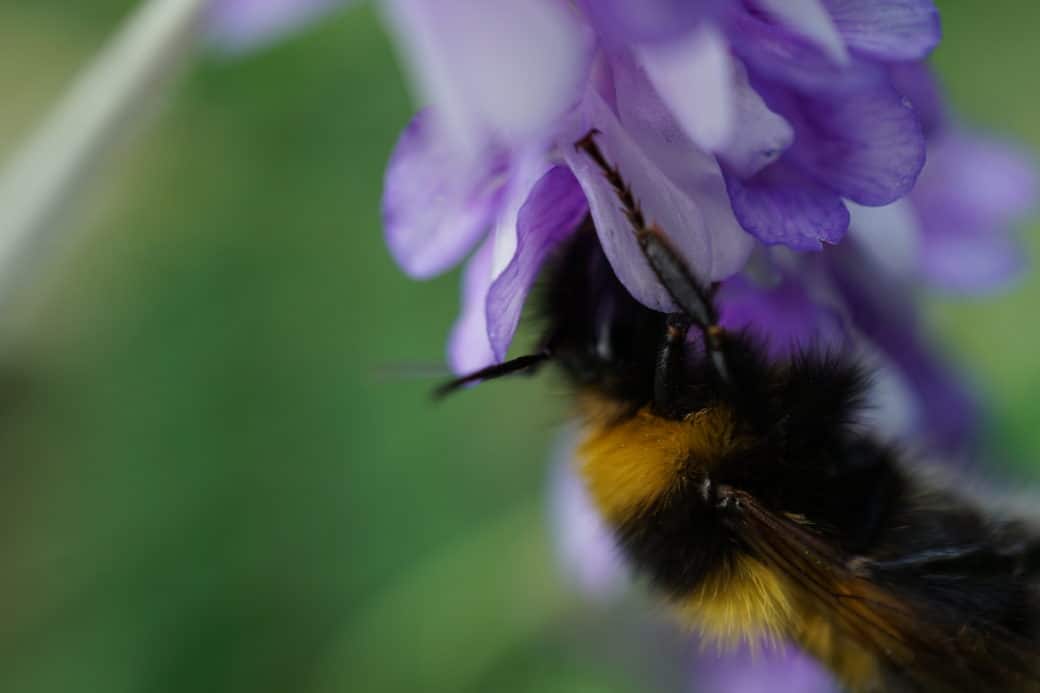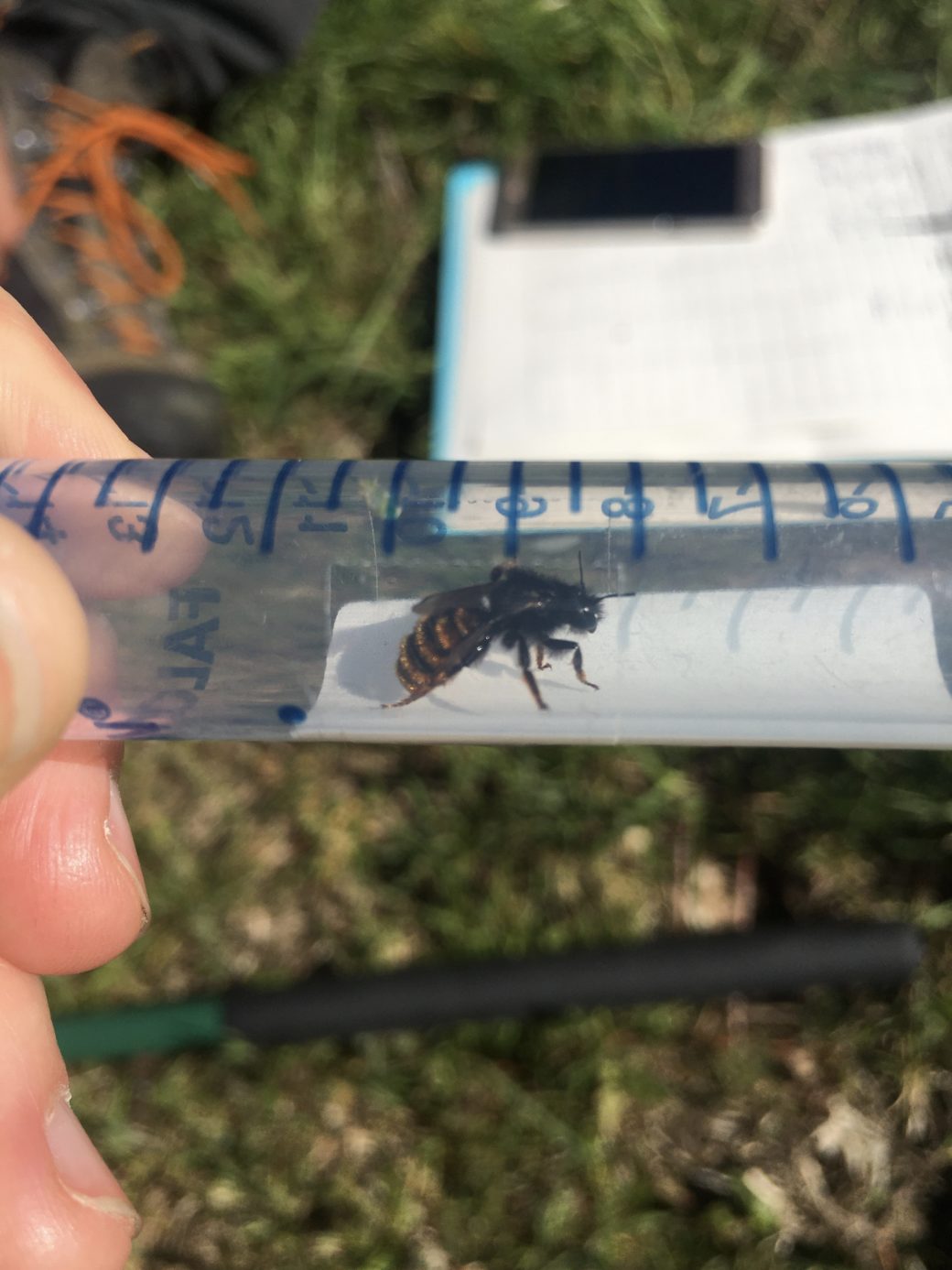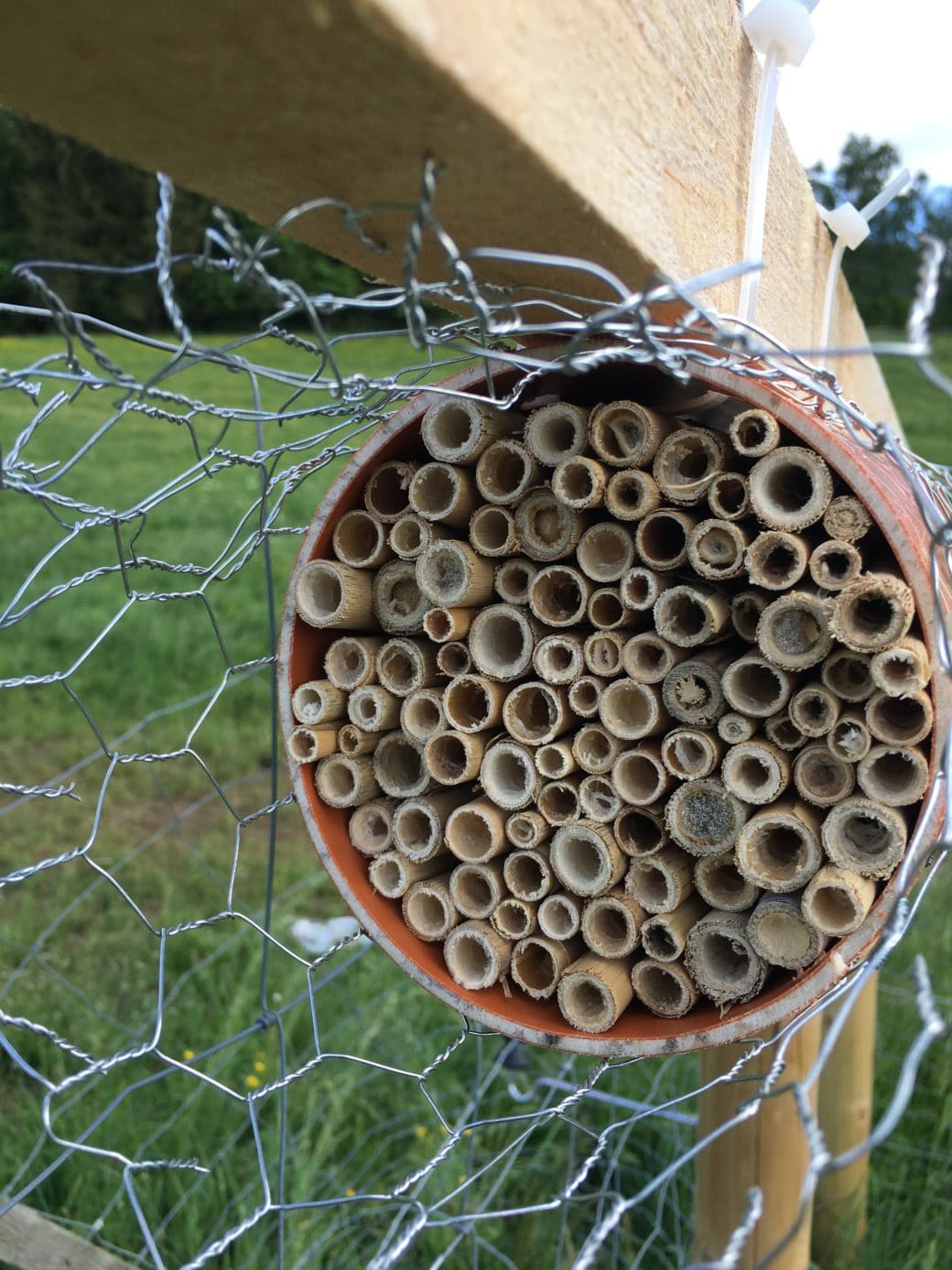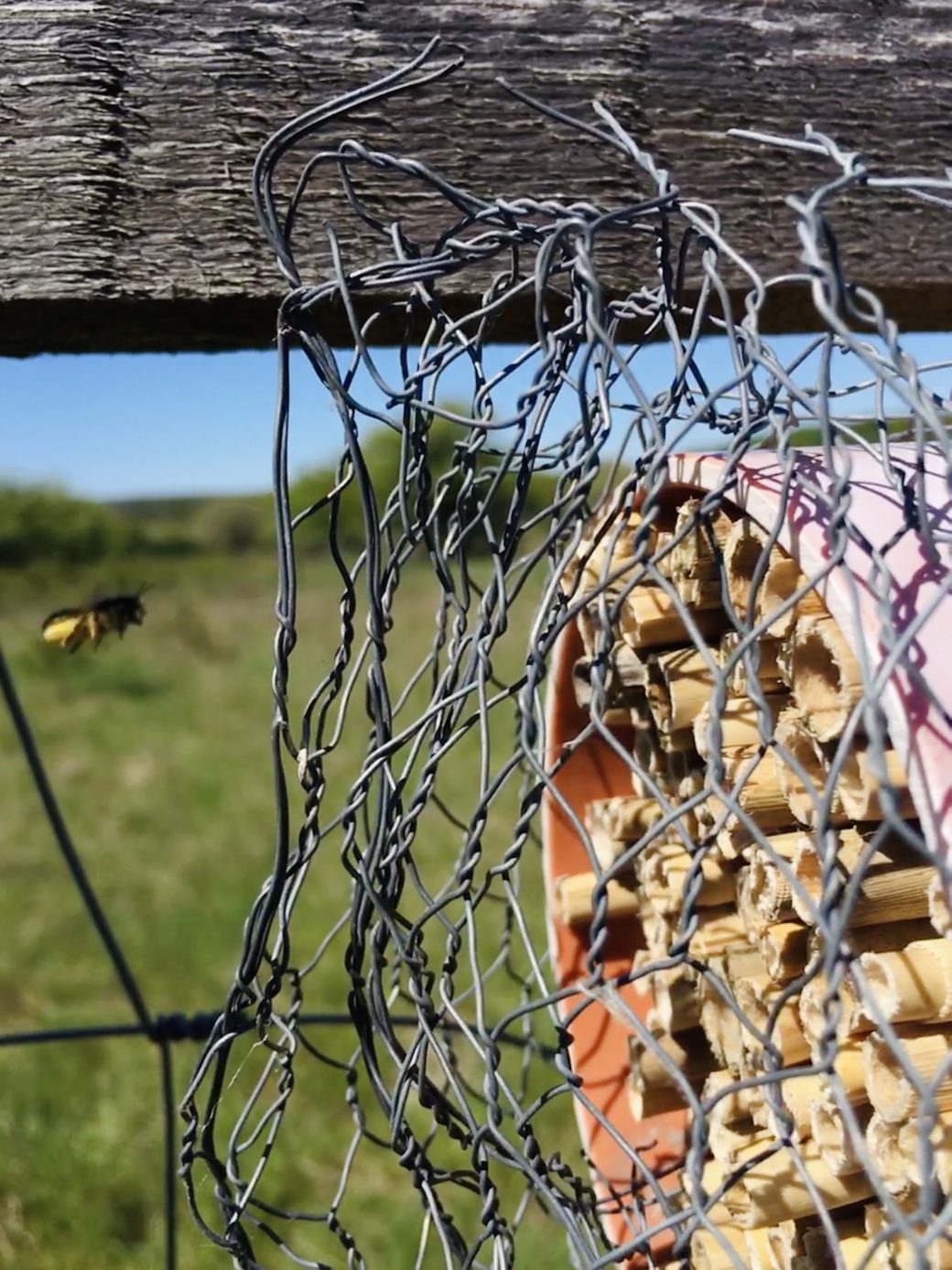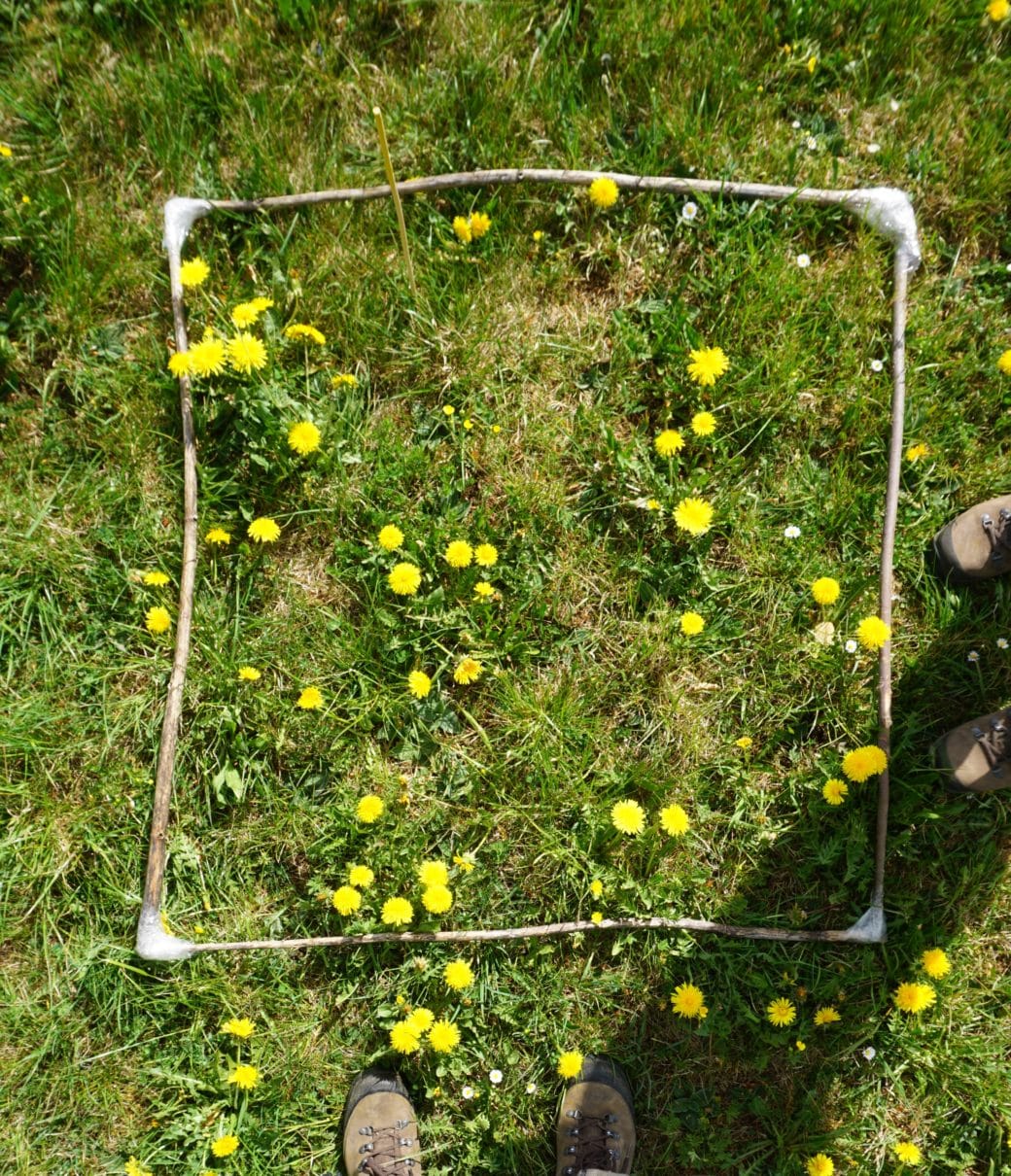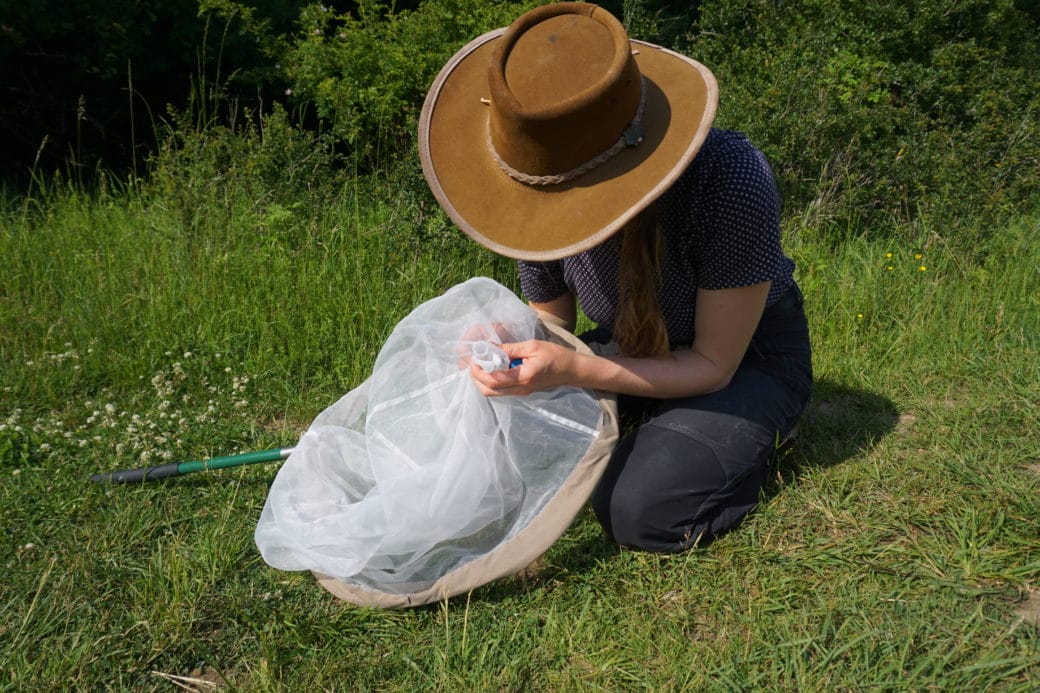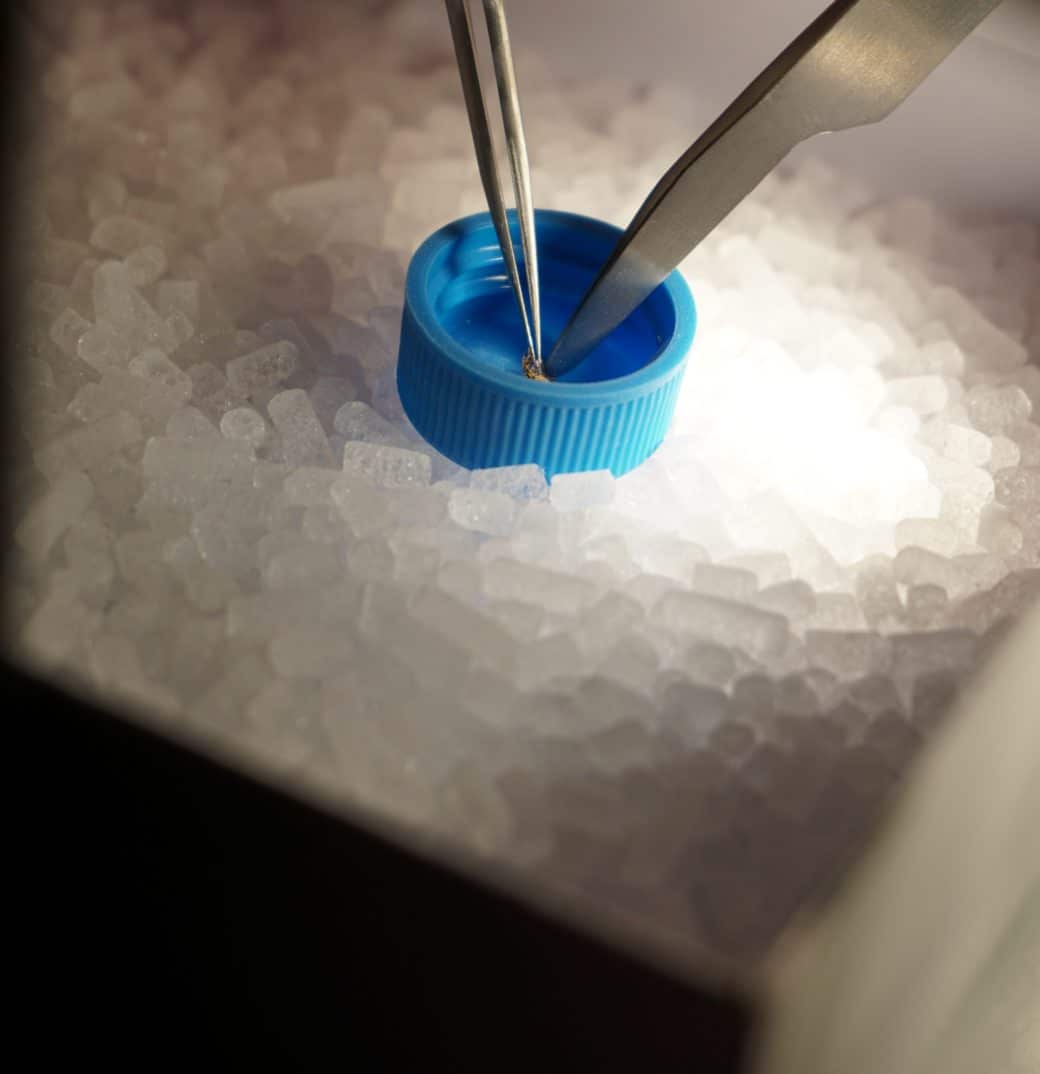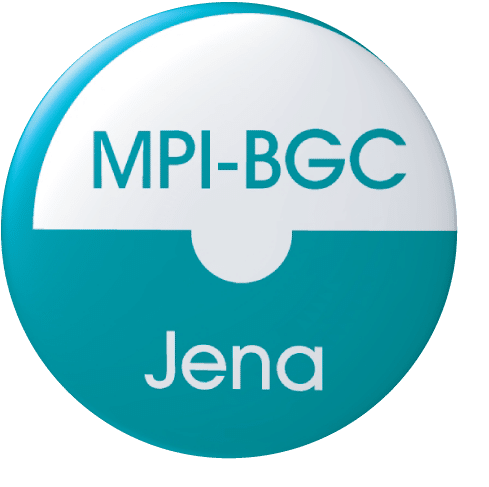How does land use affect bee-plant interactions and their mutualistic outcomes?
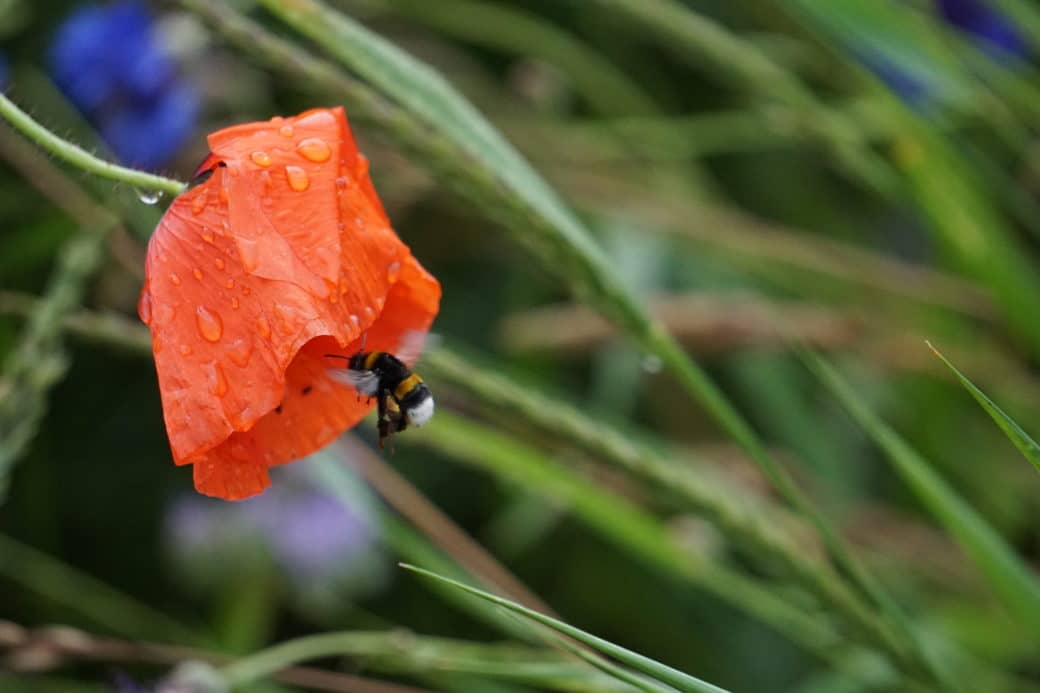
Interactions between bees and flowering plants form a ‘famous’ and evolutionary ‘old’ mutualism, which can largely determine the reproductive fitness of both bees and plants. The structure, stability and fitness outcomes of this mutualism largely depend on the diversity and composition of the interacting community which can be severely altered by land-use. In fact, partner and interaction diversity typically decrease with increasing land-use intensity. Interestingly, few studies have experimentally addressed the effect of land-use change and thus community alterations on the relationship between interaction network dynamics and mutualistic outcomes of interaction partners.
MacroBEEs aims at filling this knowledge gap by building upon existing knowledge on correlative effects between land-use intensity and bee-plant interactions. We now want to use the established plot framework as well as the new experimental design to gain a better mechanistic understanding of this mutualistic relationship by differentiating between effects of land-use components and landscape context on the reproductive success and thus mutualistic outcome of both partners.
We will investigate
- how land-use driven changes in plant community composition and diversity affect visitation patterns and foraging choices of wild and managed bees,
- how the bees’ foraging choices affect constancies or changes in the nutritional and taxonomic composition of composed diets and subsequently health and fitness of wild and managed bees, and finally
- how alterations in bee foraging decisions and thus visitation patterns affect pollen transfer and seed set in plants and thus pollination success.
To tackle these questions, we will combine field observations, DNA metabarcoding of pollen from bees and plant stigmas, chemical analyses of pollen and dietary experiments with three focal bee species in the lab, and we will analyze data using network parameters and statistical modeling.
During the previously funded project MicroBEEs, which was also part of the Biodiversity Exploratories, we investigated the effect of land-use intensity on the interaction between trap nesting bee species, resources and the bees’ microbiota. Results reveal novel insight into the factors determining changes in the bees’ microbial communities and how they are related to land-use driven alterations of floral and nesting resources. Besides effects on the bees’ microbiota, MicroBEEs further showed a strong impact of land-use intensity on a) the diversity and community composition of trap nesting bees (directly sampled at plots), b) the diversity and composition of plant species visited for pollen collection/in larval food of trap nesting bee species, and c) the nutrient content of larval food.
MacroBEEs will directly build upon these insights and complement them with dedicated sampling and analyses according to the hypotheses. As further data on bee-plant interactions is available for previous funding periods (since 2008), we can extend our analyses to a period of 15 years, which provides the unique opportunity to assess long-term effects of land-use on variability in the network structure, stability, link symmetries and resilience of this important mutualistic interaction. By further adding insight into functional/reproductive outcomes MacroBEEs will greatly enhance our understanding of how pollination interaction networks respond to land-use intensification in terms of functional resilience and the probability of extinction and thus link losses, but also of ultimate consequences, such as the stability of pollination within plant communities.
